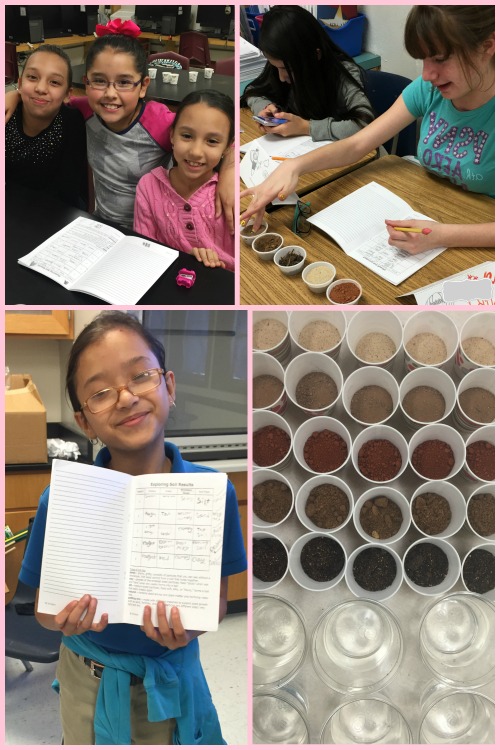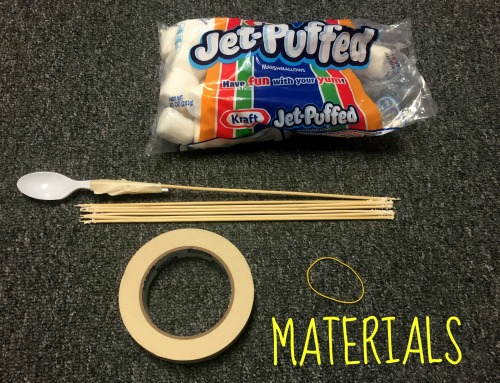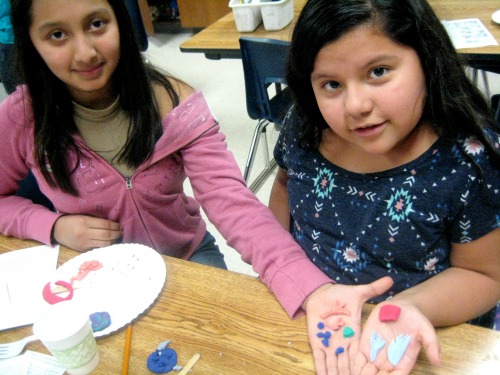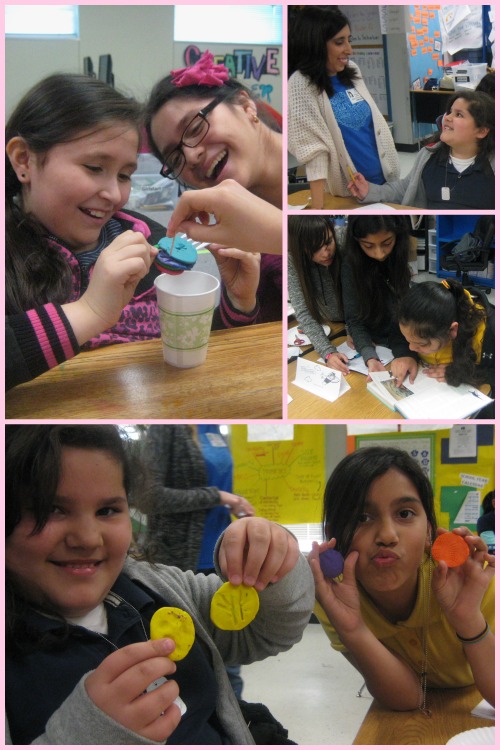Where Does Your Trash Go?
At Girlstart After School, one man’s trash is our science experiment! This week, girls discovered the detrimental effects that landfills can have on nearby towns and developed their own solutions to the problem of pollutants.
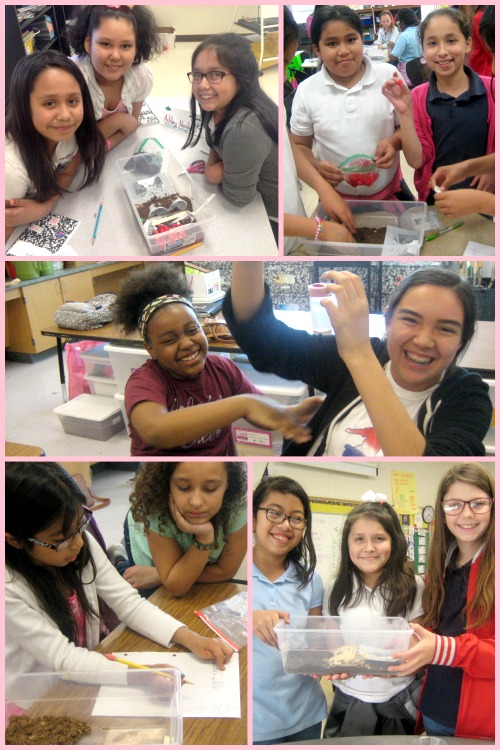
In order to understand the issue, girls first observed a model of a town located by a landfill full of “trash” (red-colored marshmallows). When a “rainstorm” hit the area, the runoff moved harmful pollutants into the town. Girls soaked a cotton ball in the runoff water and examined the presence of these pollutants, represented by the cotton’s red tint. Consensus: Pollutants are pretty gross.

Girls began to brainstorm ideas for an improved landfill design. Each group was given a budget of $500 to work with. Each group used different planning strategies, from drawing concept designs to voting on which materials to use. Every design was unique. One group of innovators even used the supplies to build a solar-powered cleanup robot! After purchasing their supplies and building their landfill protectors, groups tested their structures. Finally, they evaluated their landfills and listed possible improvements.
At Girlstart After School, girls are creating solutions by thinking outside of the budget and exploring different approaches to issues like pollution!


